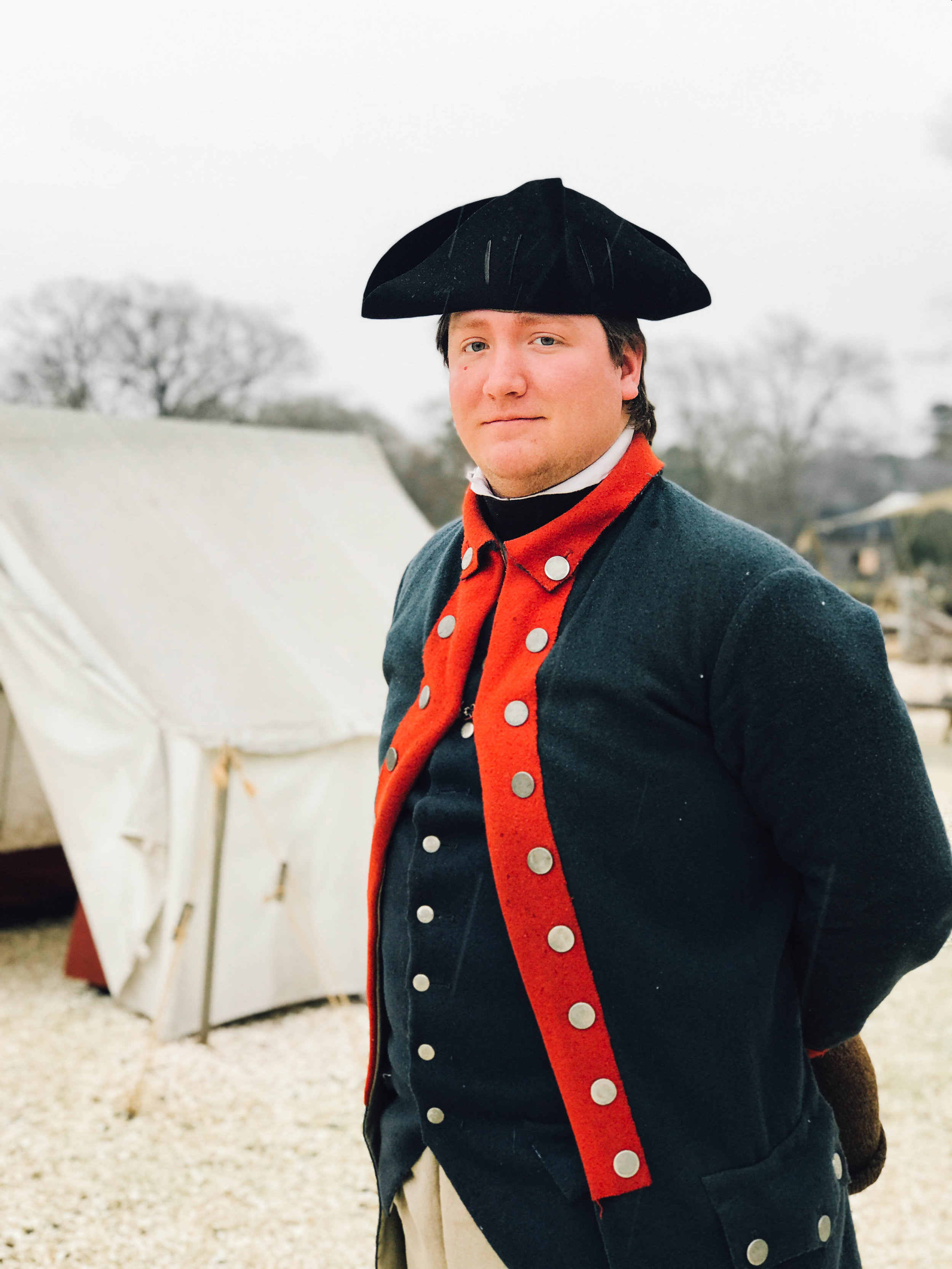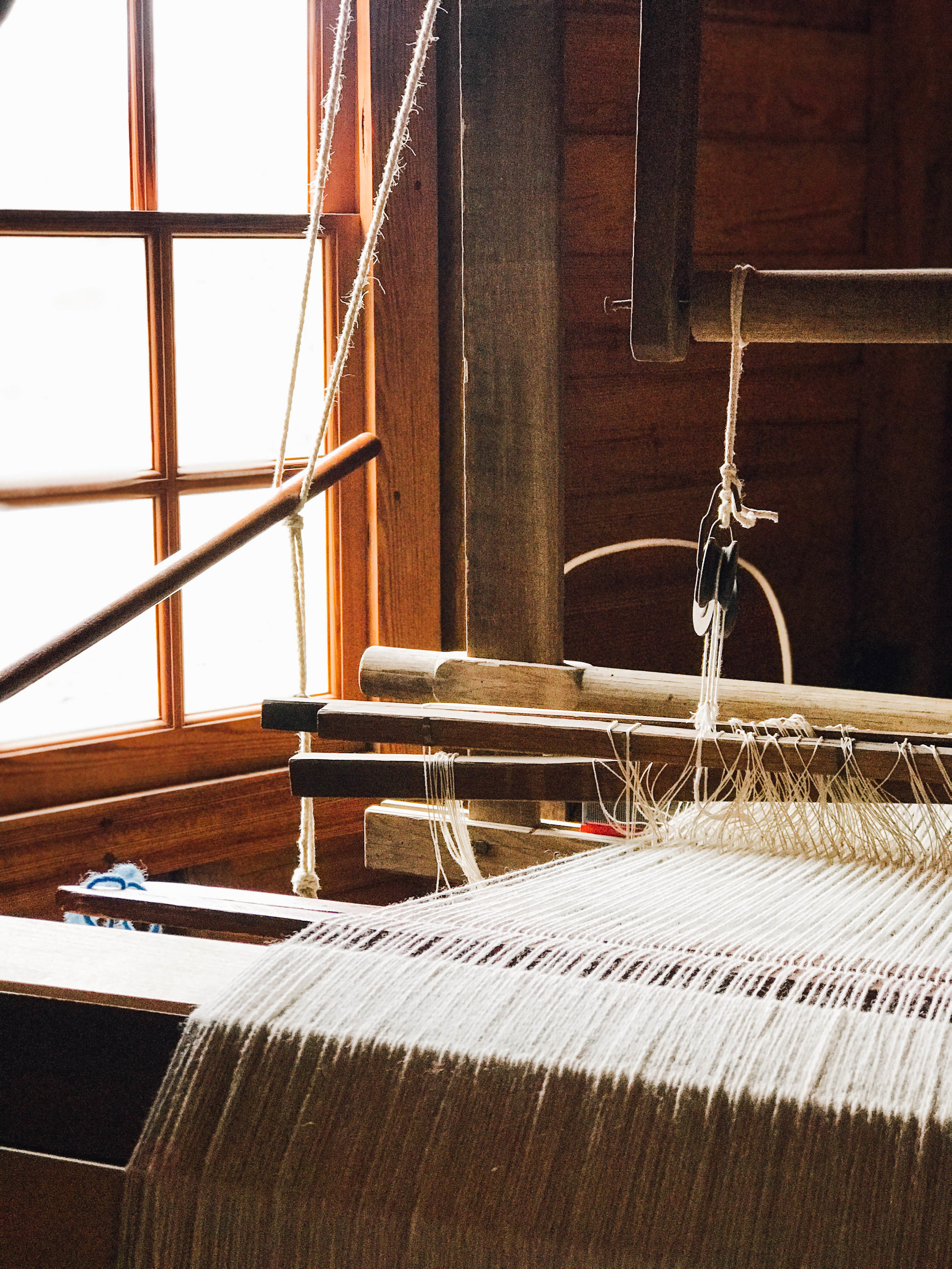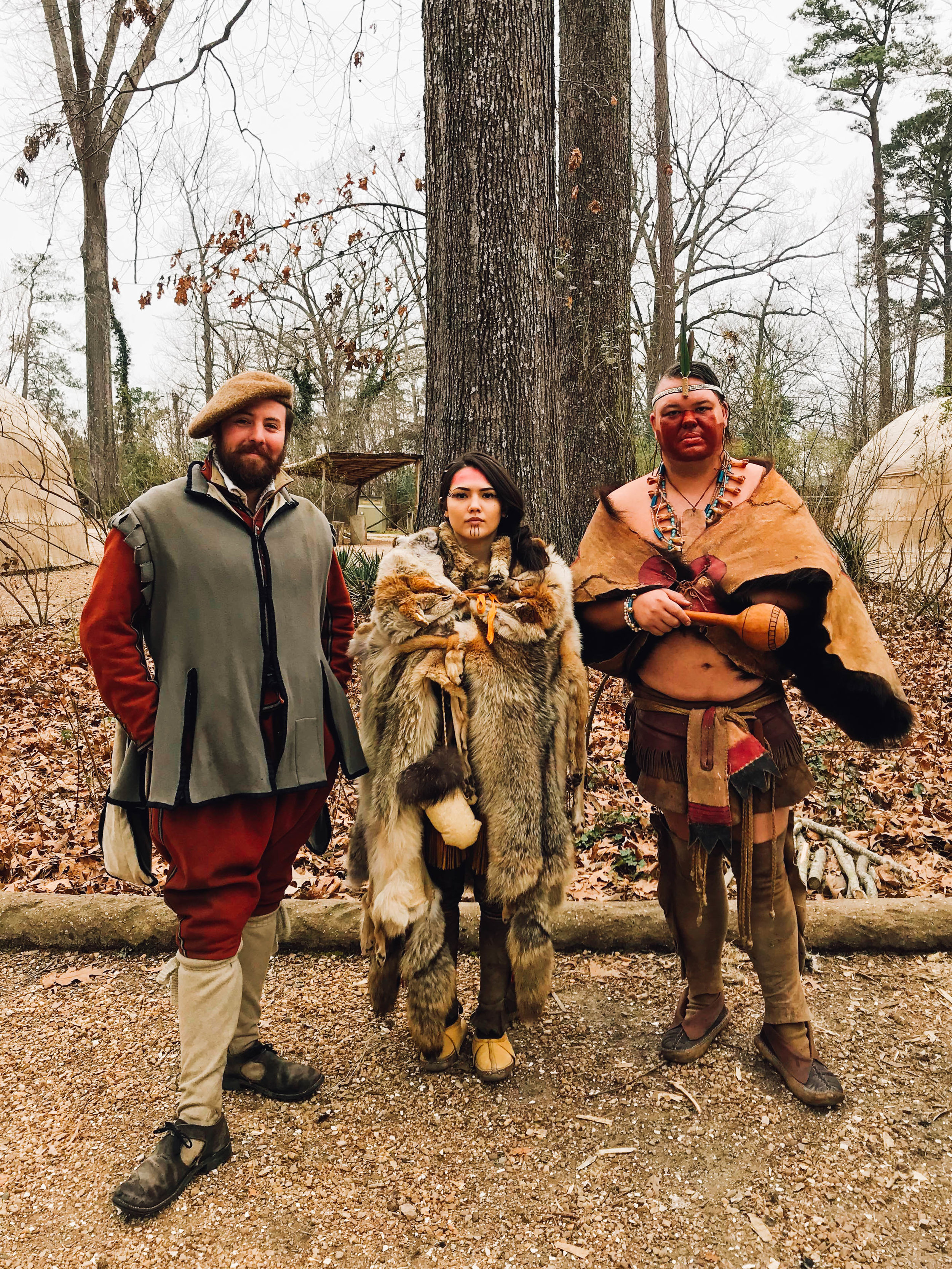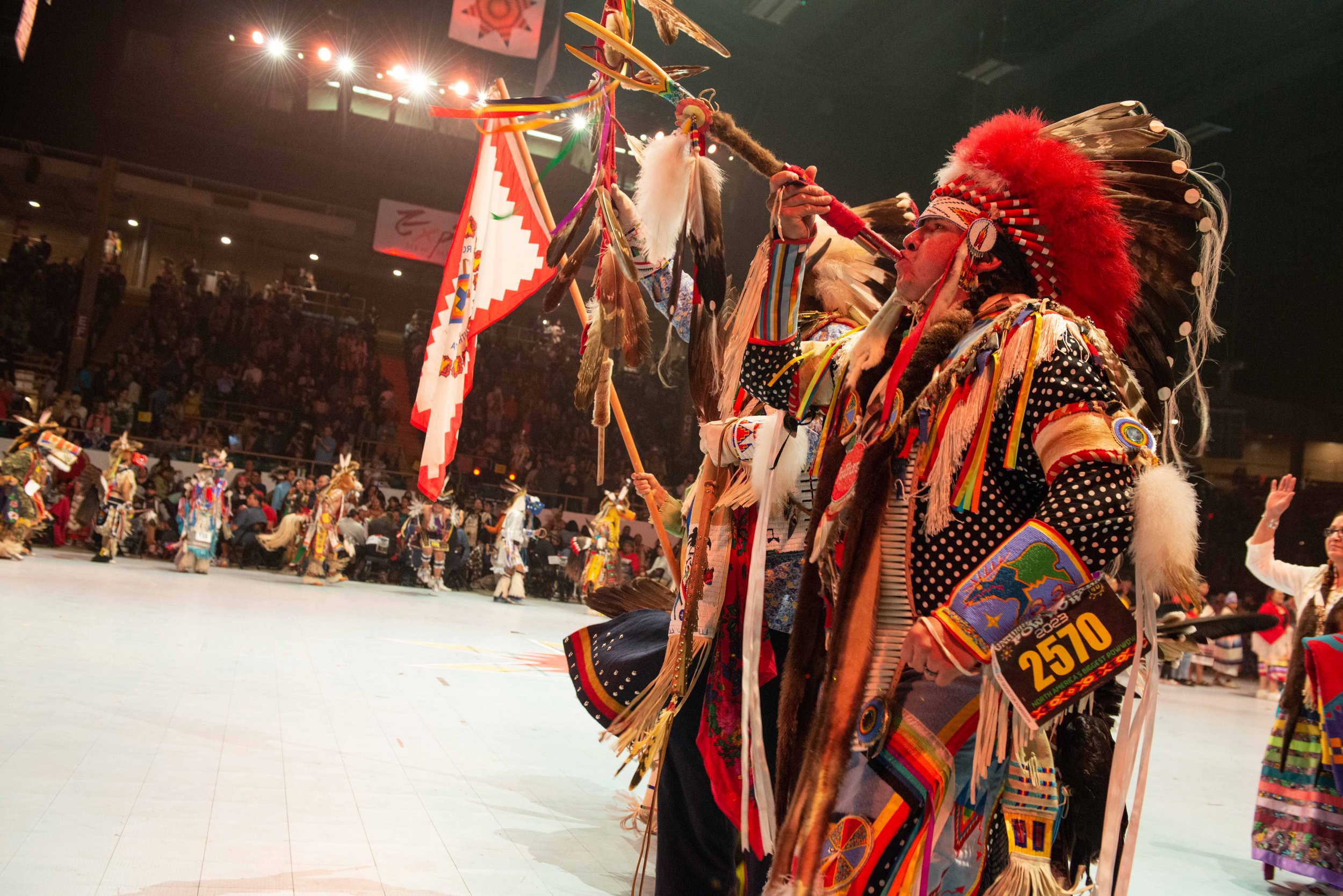Native American Heritage
Native Americans contribute immensely to society through their traditions, practices and history. Native American Heritage group trips are an opportunity for students to learn about and amplify the culture of American Indians and Alaska Natives across the country
Trail of Tears
In May 1838, U.S. Army troops, along with various state militia, moved into the Cherokee tribe’s homelands and forcibly evicted more than 16,000 Cherokee Indian people from their homelands in Tennessee, Alabama, North Carolina, and Georgia.
The impact of the resulting Cherokee “Trail of Tears” was devastating. More than a thousand Cherokee – particularly the old, the young, and the infirm – died during their trip west, hundreds more deserted from the detachments, and an unknown number – perhaps several thousand – perished from the consequences of the forced migration. The tragic relocation was completed by the end of March 1839, and resettlement of tribal members in Oklahoma began soon afterward. The Cherokee, in the years that followed, struggled to reassert themselves in the new, unfamiliar land. Today, they are a proud, independent tribe, and its members recognize that despite the adversity they have endured, they are resilient and invest in their future.
Tahlequah, Capitol of Cherokee Nation
The county seat of Cherokee County, Tahlequah, in the eastern section of Oklahoma lies only forty miles from the Arkansas state line at the intersection of U.S. Highway 62 with State Highways 10, 51, and 82. Established as the Cherokee capital by the Cherokee people in 1839 at the close of the Trail of Tears, the town soon became a community that planned for the future through sound government, good schools, prosperous businesses, strong religious entities, and a desire to grow in Indian Territory. The Cherokee were a vital, progressive people, and the town grew around the capital square, a government complex of log or frame buildings. During the hostilities of the Civil War, the differing Cherokee factions destroyed most of the capital complex. After the war ended, a brick capitol was built and was first occupied in 1870. After 1907 statehood this building was used as the Cherokee County Courthouse. It was returned to the Cherokee Nation in 1970.
The Gathering of Nations
The Gathering of Nations began “unofficially” in 1983 at the University of Albuquerque, in ABQ, NM. In 1984, the event took on the name Gathering of Nations Powwow, which was held on the NM Fair Grounds in the small Horse Arena, for two challenging years. After the two years at the Horse Arena, GON knew it had to move to a larger venue. While the dream and goal were large, GON did move to the University of New Mexico (Basketball) Arena know as “The Pit”, seating 20,000 + in 1986. The Gathering of Nations grew beyond expectation over the years; while numerous remodeling projects reduced the seating capacity of The Pit. GON remained at full sell-out capacity at The Pit for 30 years. In 2017, the Gathering of Nations Powwow returns to the New Mexico State Fair Grounds, known as Expo NM, to be housed on the newly defined Pow wow Grounds which includes Tingley Coliseum. With the expanded grounds the Gathering of Nations Powwow, visitors will enjoy the spaciousness of Stage 49, the Indian Trader’s Market, the Food Court, and the new Teepee Village.
Monument Valley Navajo Tribal Park
Experience one of the most majestic – and most photographed – points on earth. This great valley boasts sandstone masterpieces that tower at heights of 400 to 1,000 feet, framed by scenic clouds casting shadows that graciously roam the desert floor. The angle of the sun accents these graceful formations, providing scenery that is simply spellbinding.
The landscape overwhelms, not just by its beauty but also by its size. The fragile pinnacles of rock are surrounded by miles of mesas and buttes, shrubs and trees, and windblown sand, all comprising the magnificent colors of the valley. All of this harmoniously combines to make Monument Valley a truly wondrous experience.
Shiprock
Located 15 miles southwest of the town of Shiprock, New Mexico is a unique towering, bird-like volcanic rock formation that can be seen for miles in all directions. Shiprock, as this mighty sand-colored column was named by Anglo settlers, is known to the Navajo as “Tsé Bit’ a’í”, or rock with wings. The peak is 7,178 above sea level, and is at the center of three volcanic pressure ridges that pushed the rock skyward. This rock formation is sacred to the Navajos
“Unto These Hills” at Mountainside Theatre (Cherokee, NC)
Don't miss the renowned drama, Unto These Hills.
Over six million people have loved the heart-wrenching action and soaring triumph of Unto These Hills since its debut on July 1, 1950. The outdoor drama tells the triumphant story of the formation of the Eastern Band of Cherokee Indians from first contact with Europeans through the years following the infamous Trail of Tears.
Unto These Hills is performed under the stars at Mountainside Theatre each summer. As you enjoy the fresh air in our 2100 seat amphitheater, it's easy to get lost in the Cherokee story of struggling and uplifting triumph. Experience the power of Cherokee performing arts in a live production certain to move you.
The tours shown above are just a few of this area's top attractions.
Don't see the attraction you're looking for?
Contact our team and we'll create a custom itinerary for your group!
Past Adventures
















